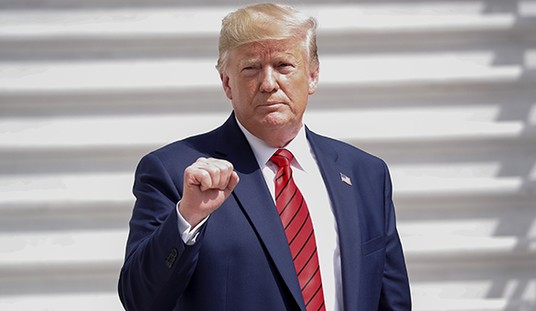A previously undeclared nuclear site was scrubbed by the Iranian government in July 2019 prior to the arrival of an inspection team at the site in August of this year, a spokesman for the National Council of Resistance in Iran (NCRI) announced at a news conference on Tuesday. A report released by the International Atomic Energy Agency (IAEA) on February 23 noted the presence of uranium particles at the site with no satisfactory explanation from Iran.
Ali Safavi, an NCRI foreign affairs committee member, told the media that the sanitized site was razed by the Revolutionary Guards but uranium traces were found, anyway.
Safavi also noted that this sanitization was noticeably similar to that which had been undertaken in 2004 and again in 2012 at two other sites that apparently had roles to play in the Iranian nuclear weapons program. In the first place, the regime received a request from the IAEA for inspection of the Shian-Lavizan site, but granted that request only after destroying onsite buildings and turning over the soil to depths as great as four meters, in an effort to conceal traces of nuclear material. In the second place, authorities began a thorough cleanup in 2012 for the Parchin military complex where they had installed an explosives testing chamber, then continued to hold international inspectors at bay until 2015.
In both cases, however, the presence of excess nuclear particles was nonetheless discerned by the IAEA. And now the process has repeated once again with respect to the Abadeh site. Safavi emphasized the repetitive nature of that process in Tuesday’s press conference and argued that it is part of a pattern of “duplicity, denial, deception, and cover-up” that has been ongoing for over 30 years and has proven to be “part of the regime’s DNA.”
The NCRI is the diplomatic wing of the People’s Mujahedin of Iran (MEK), an Iran-listed domestic terrorist group. While the U.S. removed the terrorist designation from NCRI, the Biden administration is believed to be reconsidering that decision.
The NCRI’s credibility is solid, however. They unmasked the Iranian nuclear program as far back as 2002, exposing several nuclear sites previously unknown to Western intelligence.
As part of its findings, the NCRI said the site was first built by companies controlled by the Islamic Revolutionary Guard Corps (IRGC) and was part of a project named Marivan, which it said involved a group called METFAZ that was engaged “in the research and construction of nuclear high explosive-devices.”
Additionally, the group noted that Dr. Saeed Borji, a top explosives specialist, worked with Fakhrizadeh, the regime’s former nuclear chief. It said Borji continues to conduct research for the regime’s nuclear program.
The much-touted provisions of the nuclear deal that allowed for “snap inspections” of suspected nuclear sites never materialized. Iraq successfully delayed inspections at the Abadeh site for more than a year and by then, all inspectors could find were a couple of stray uranium atoms.
It hardly matters to the Biden administration’s push to rejoin the nuclear agreement. They don’t want a nuclear-free Iran as much as they want an excuse not to do anything to stop it. That was the original purpose of the 2015 nuclear agreement. And with the EU fully on board with the deception, Biden will no doubt find a way to cover for Iran’s violations of the agreement and lift the sanctions on Iran again.










Join the conversation as a VIP Member